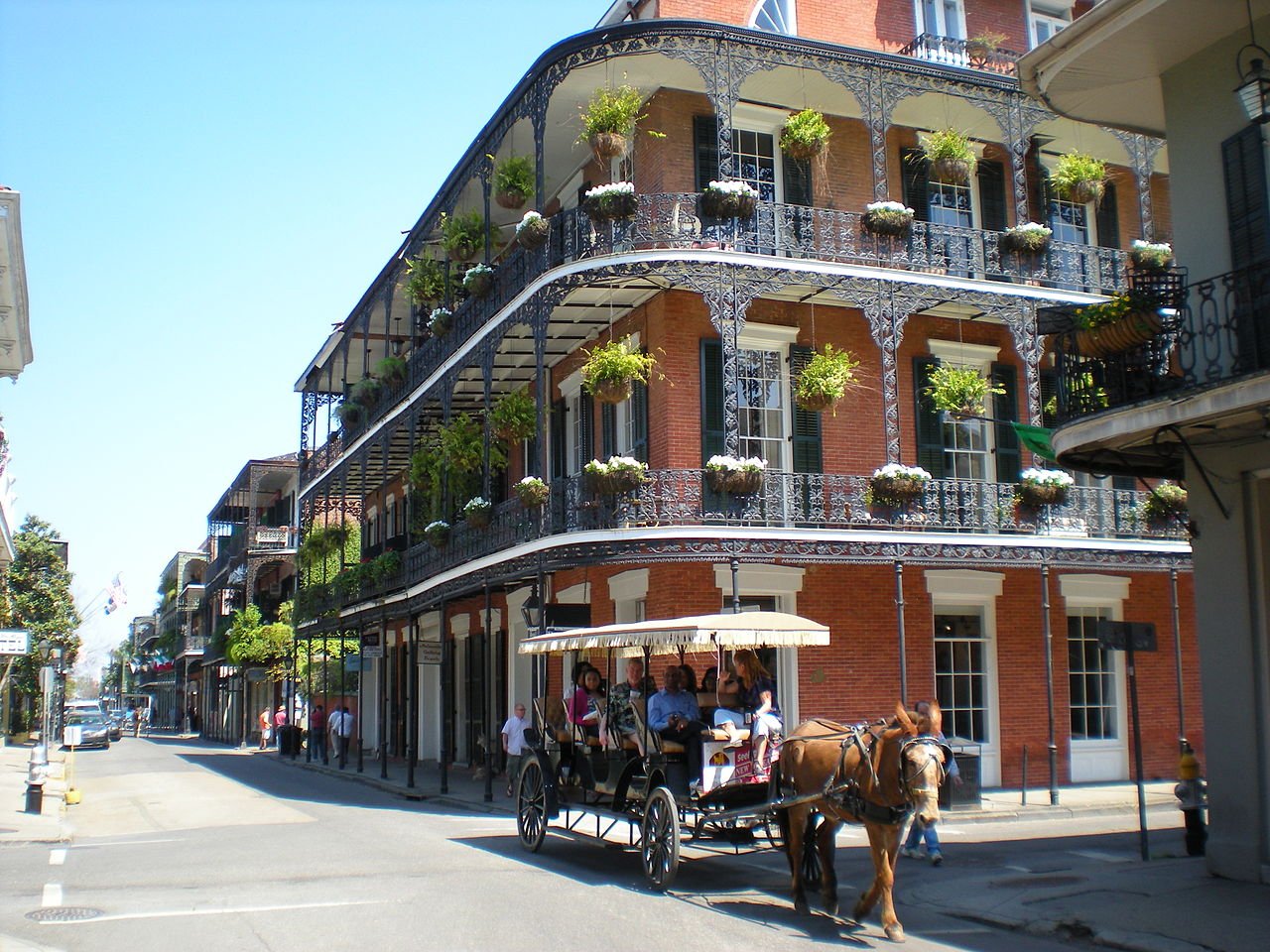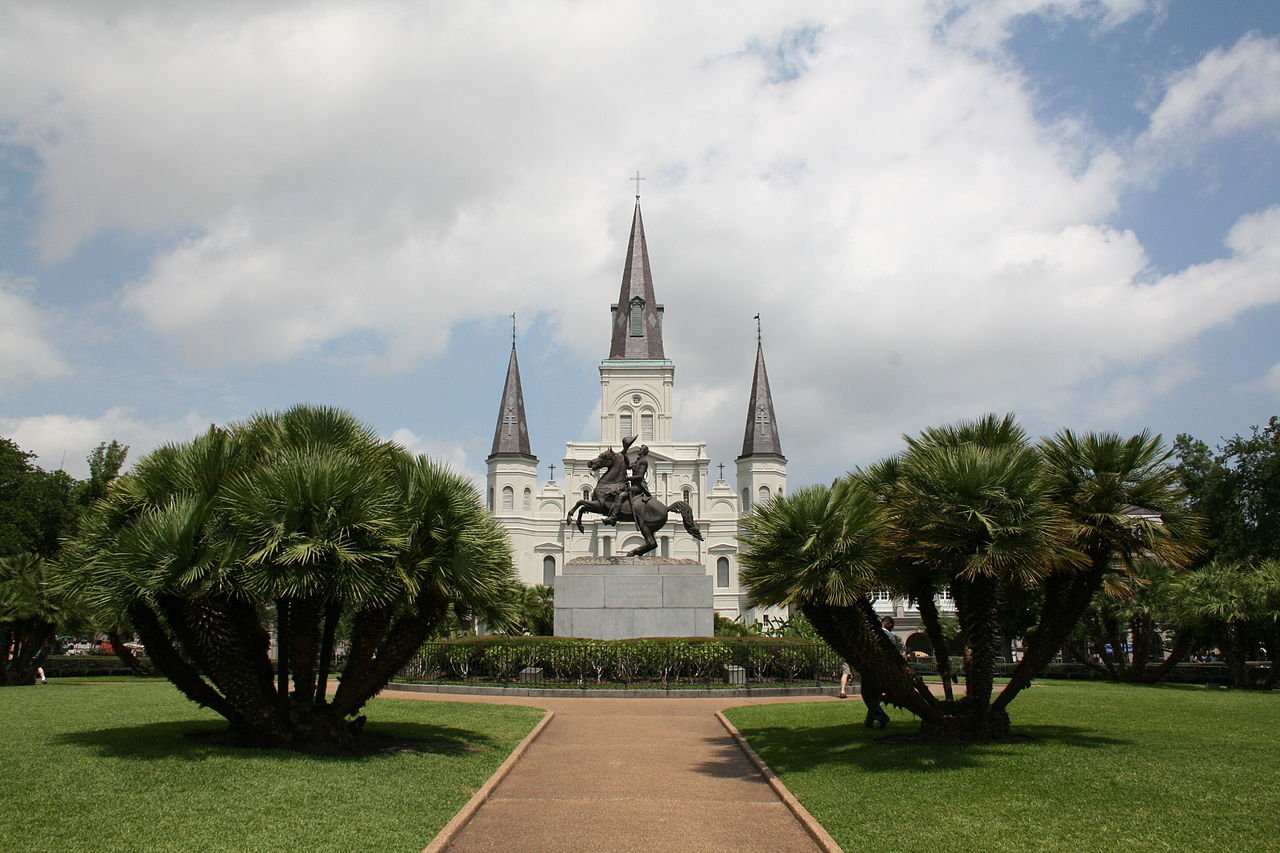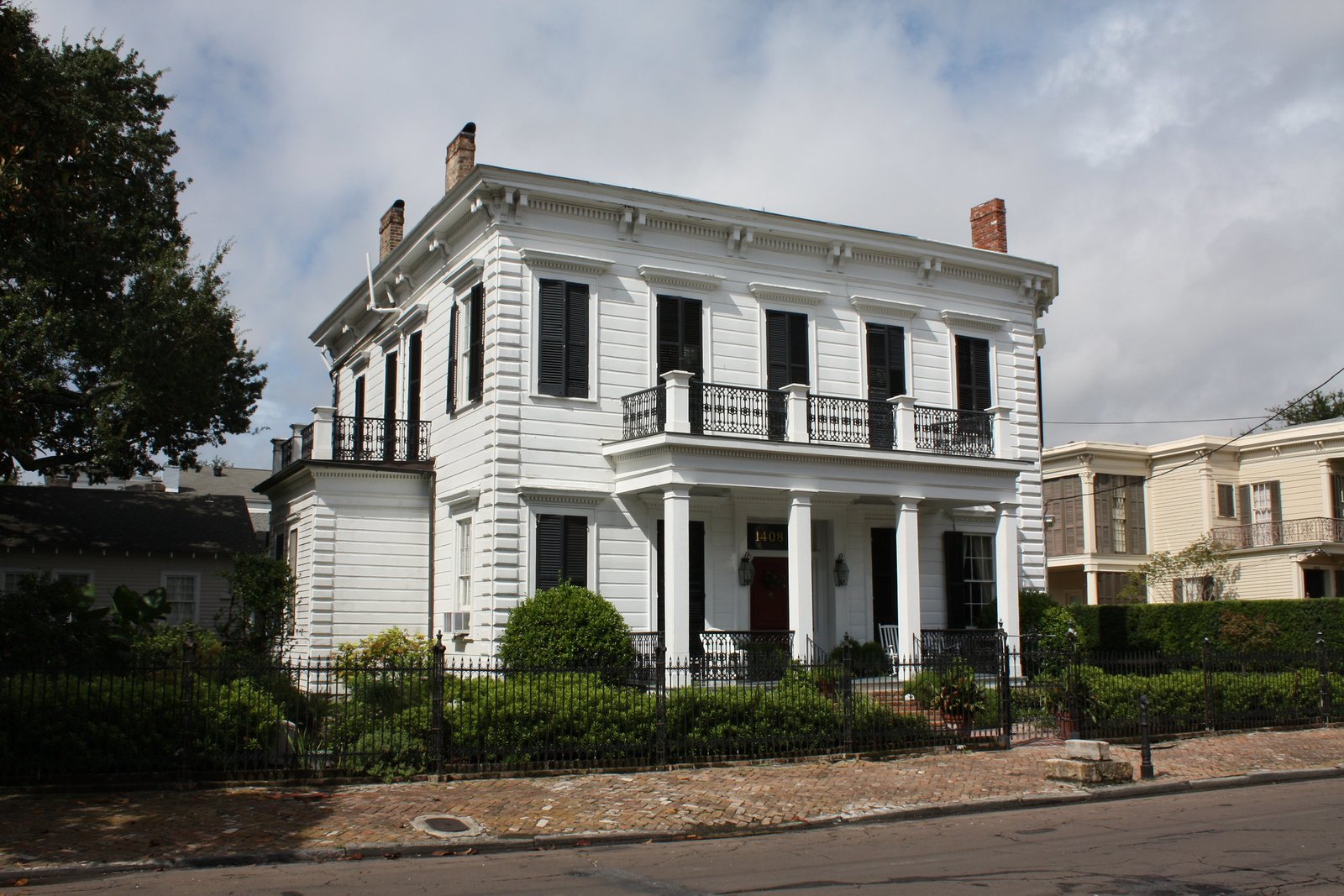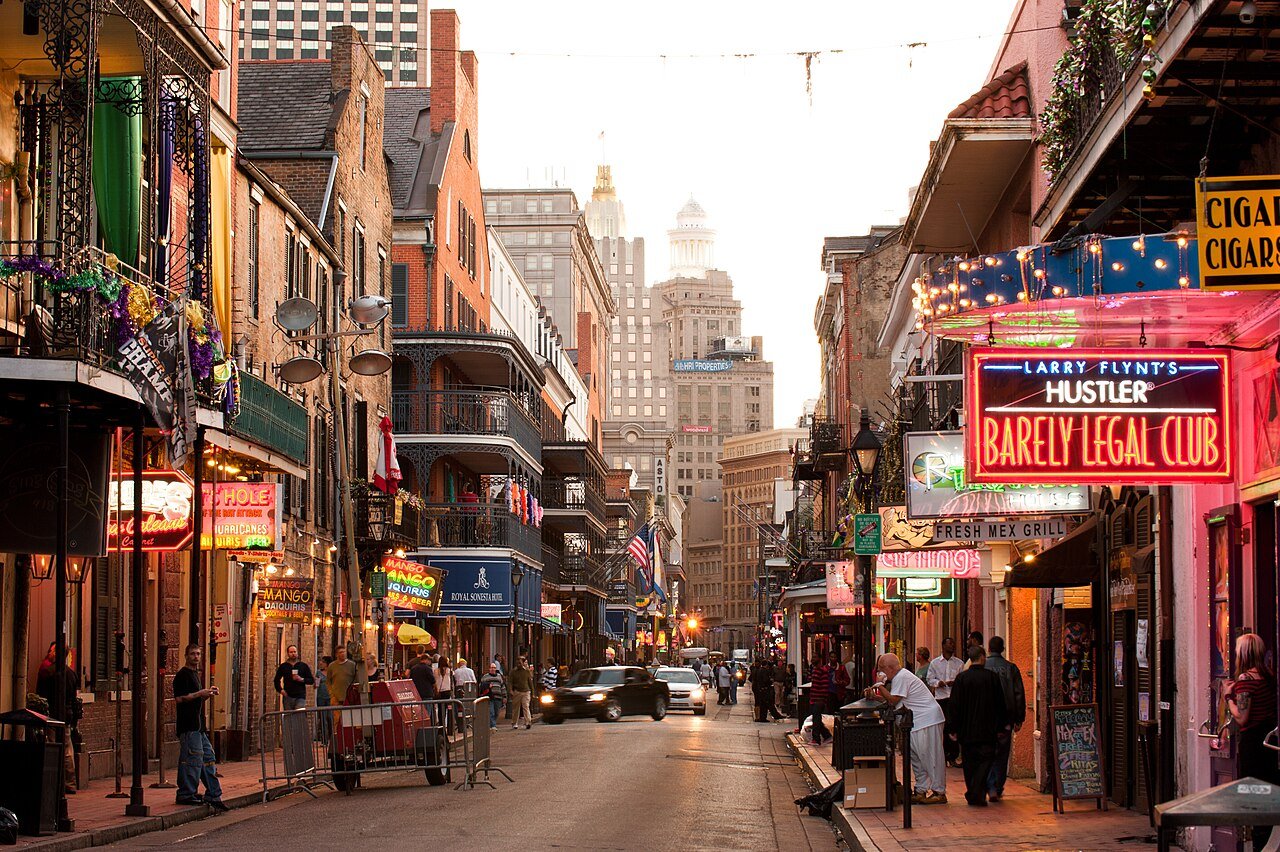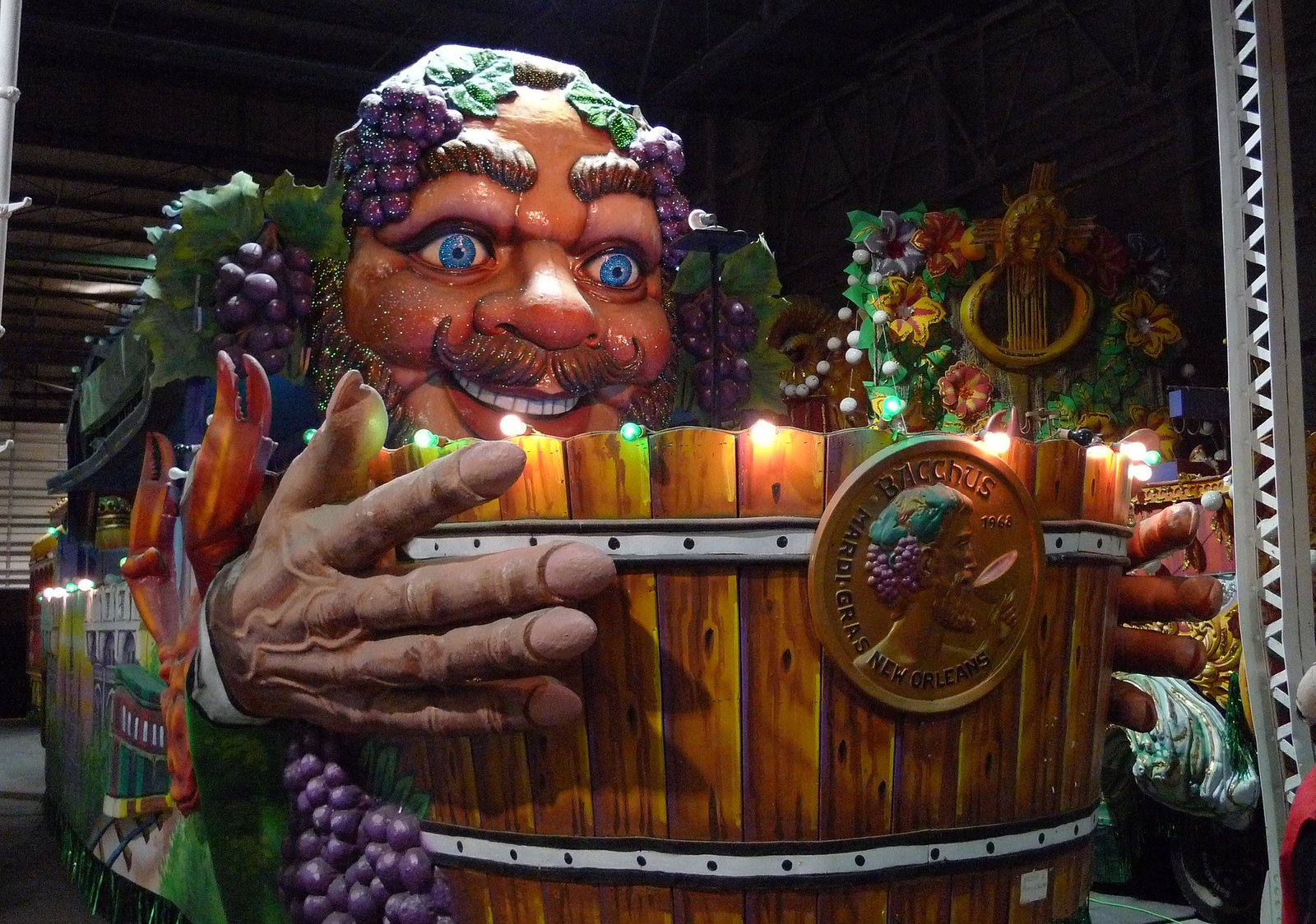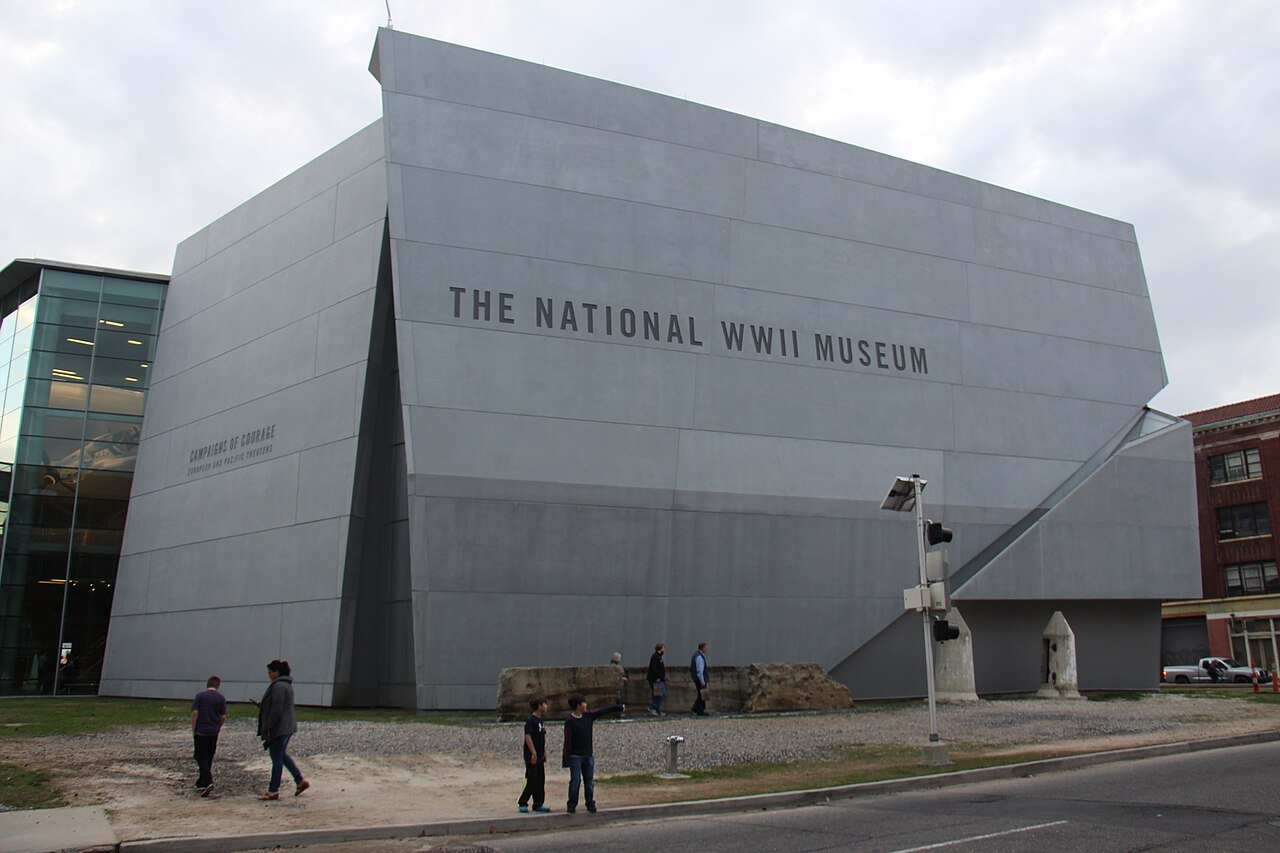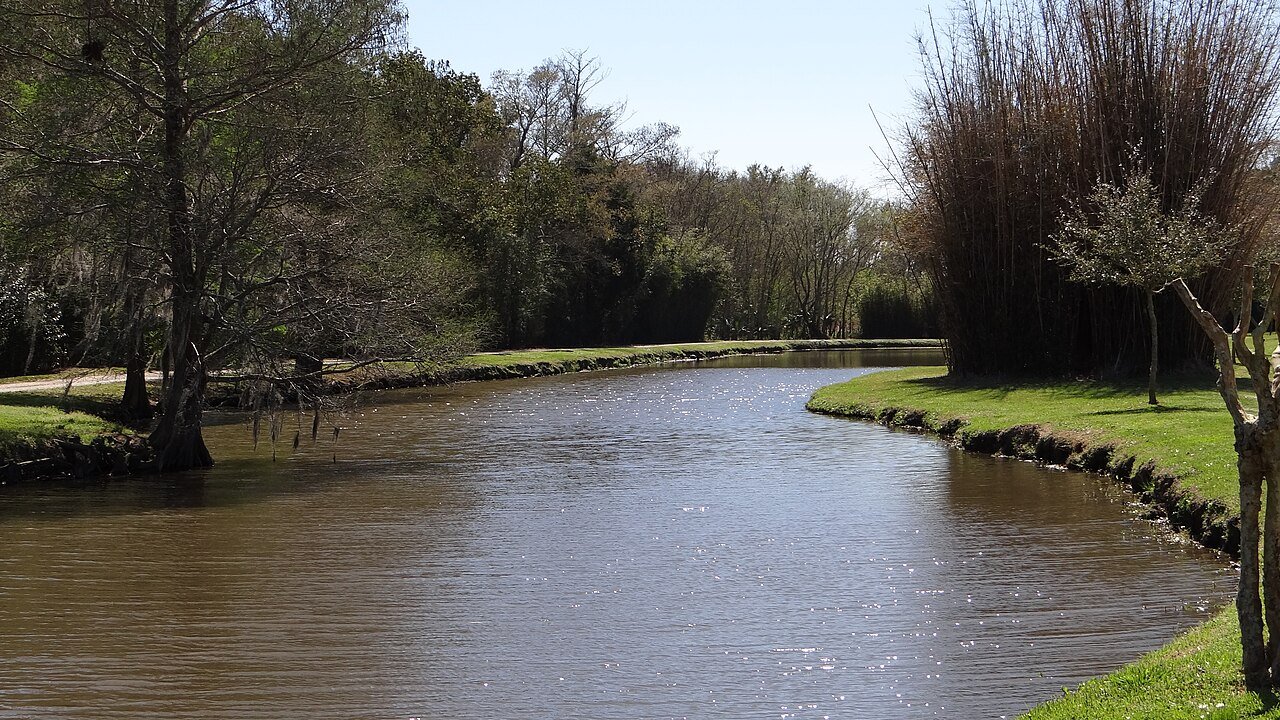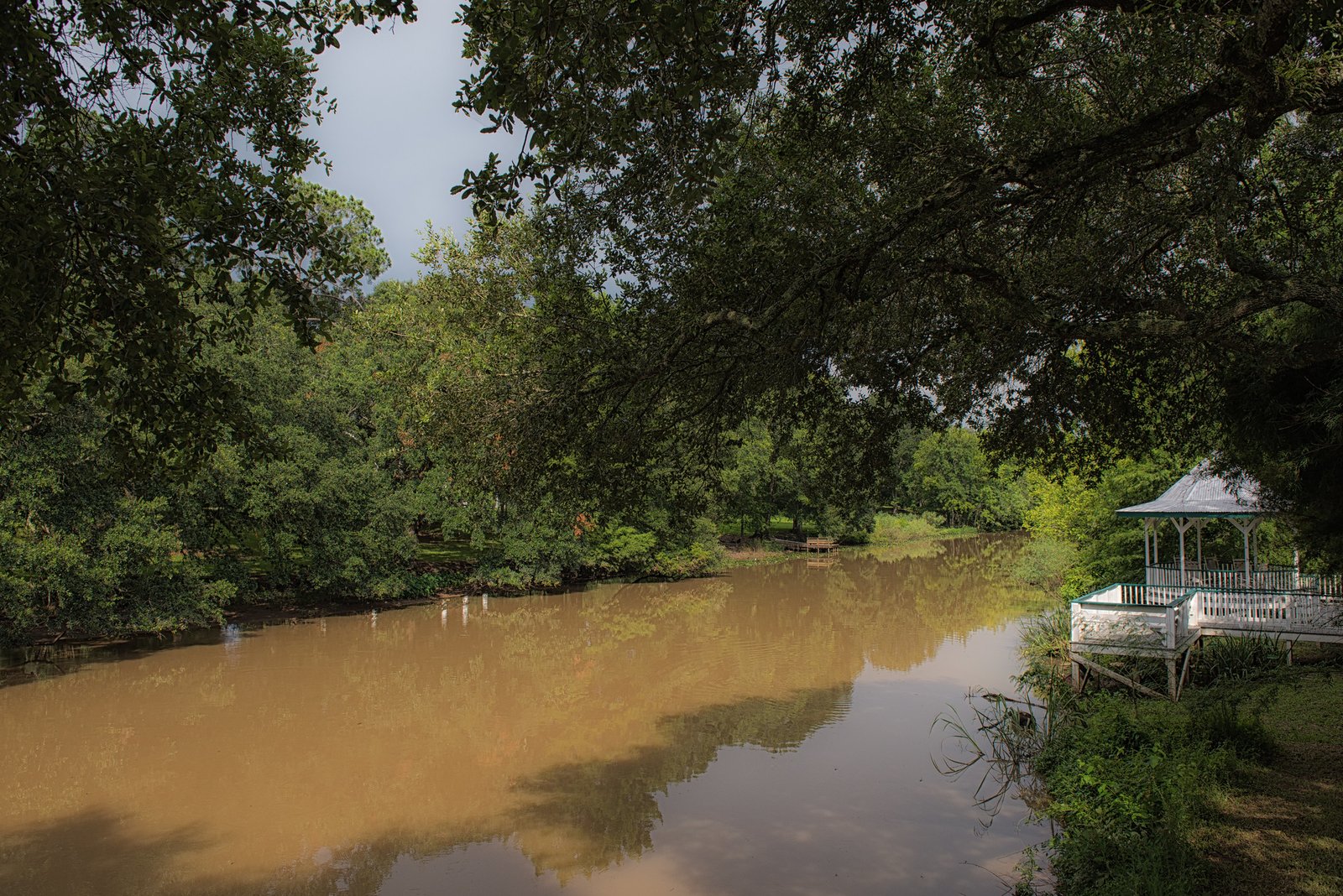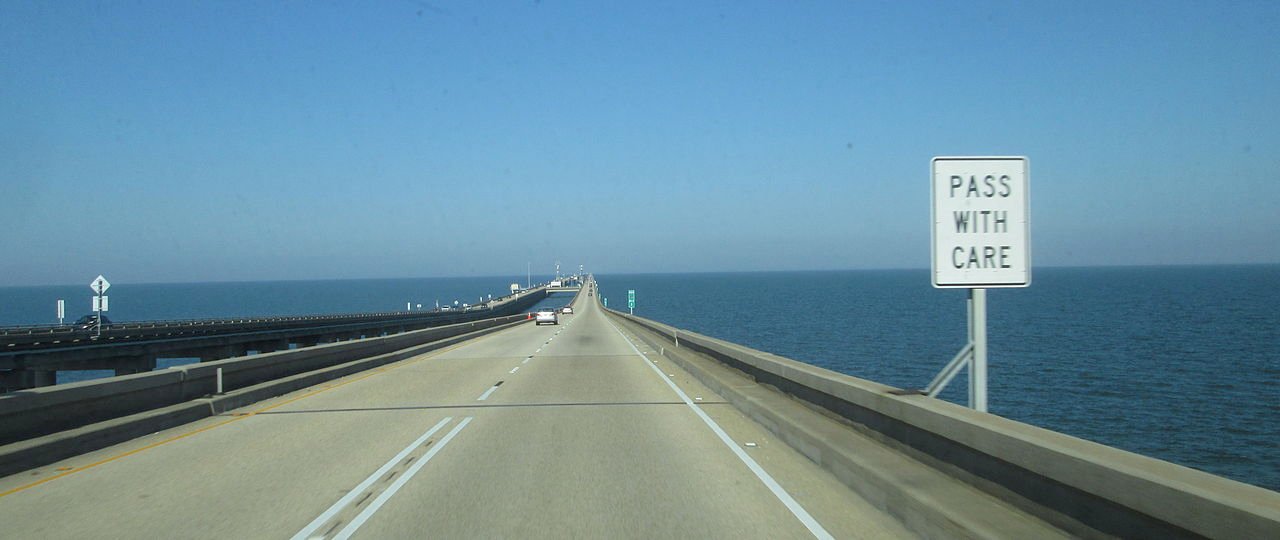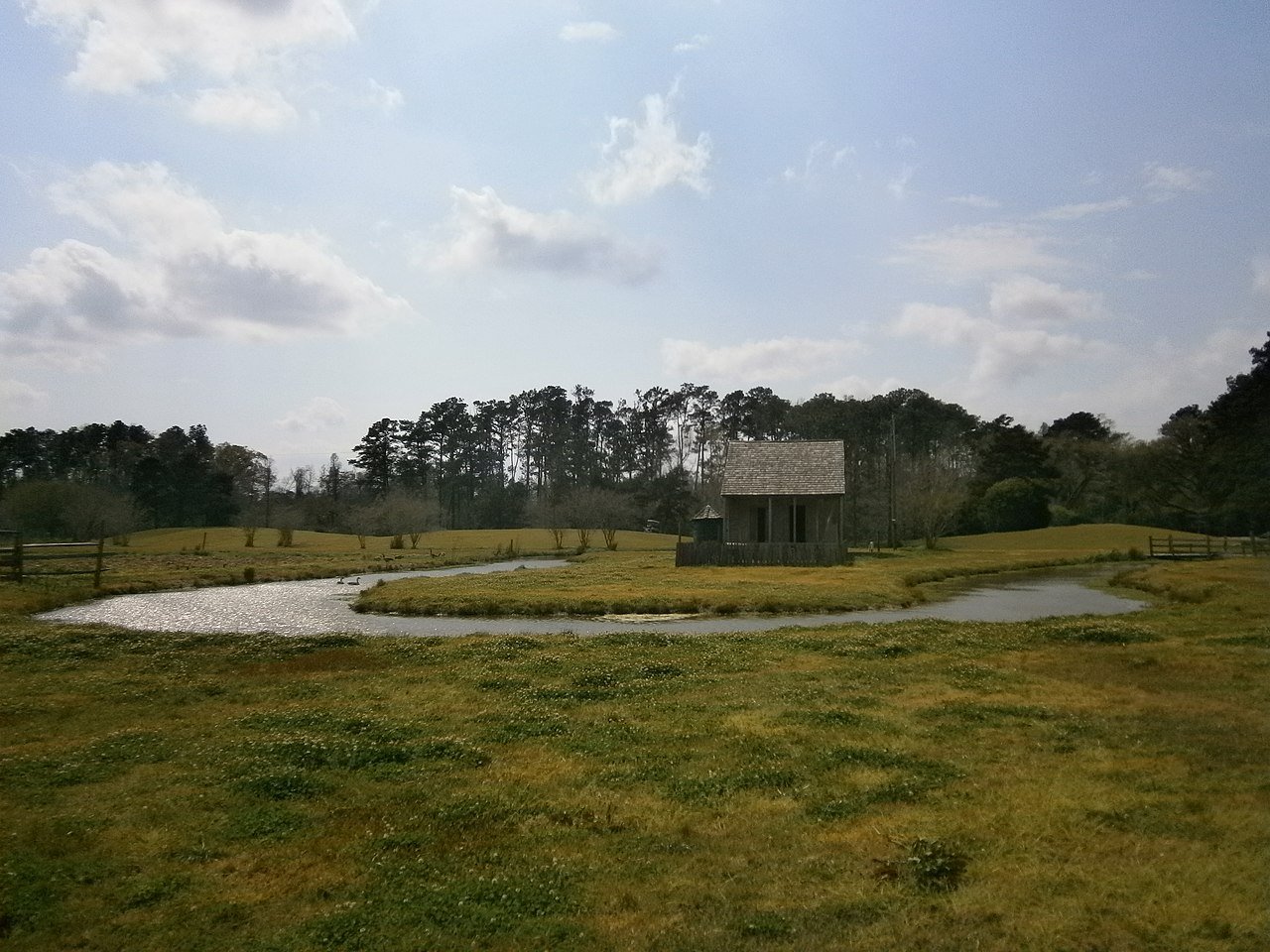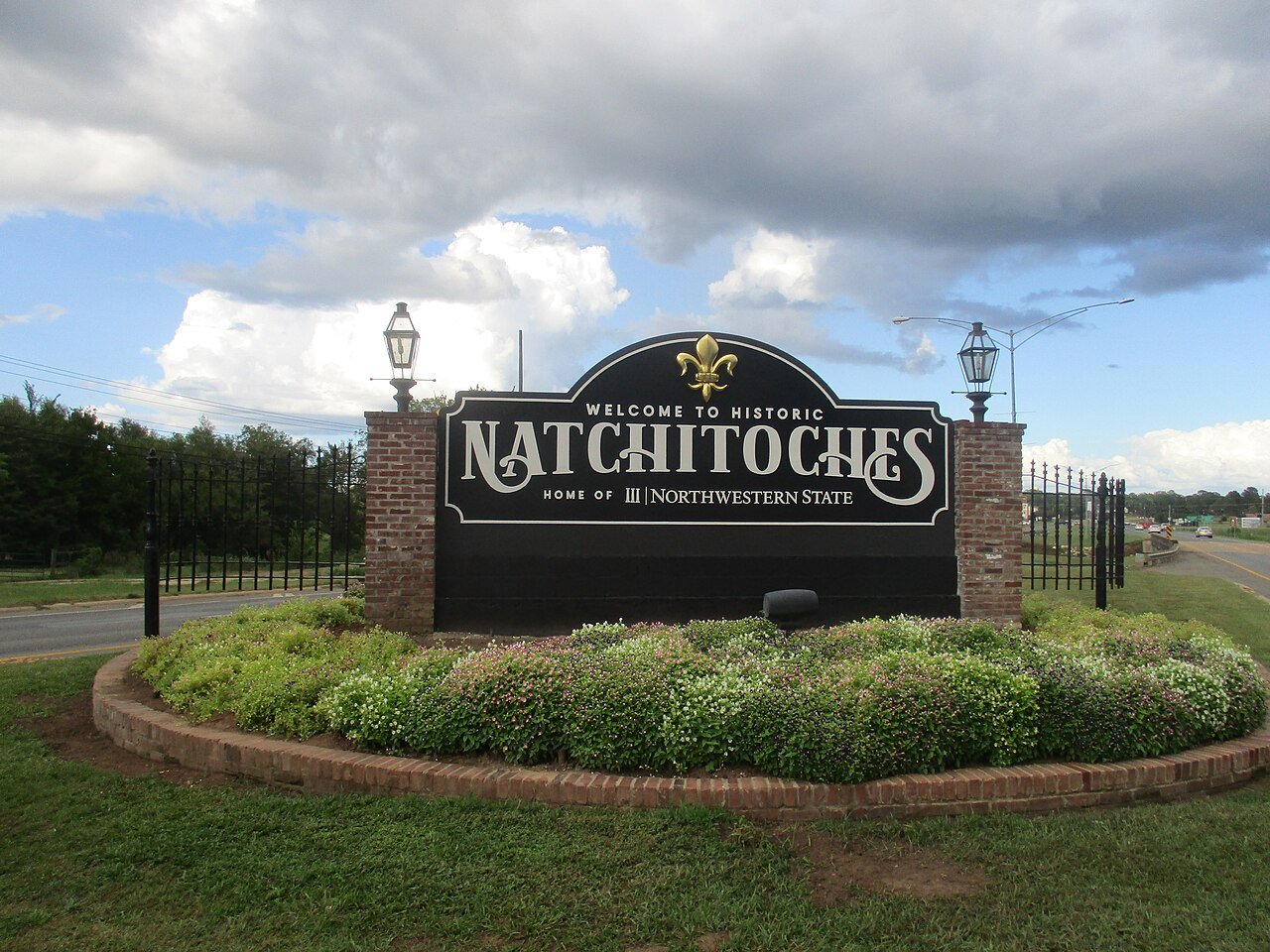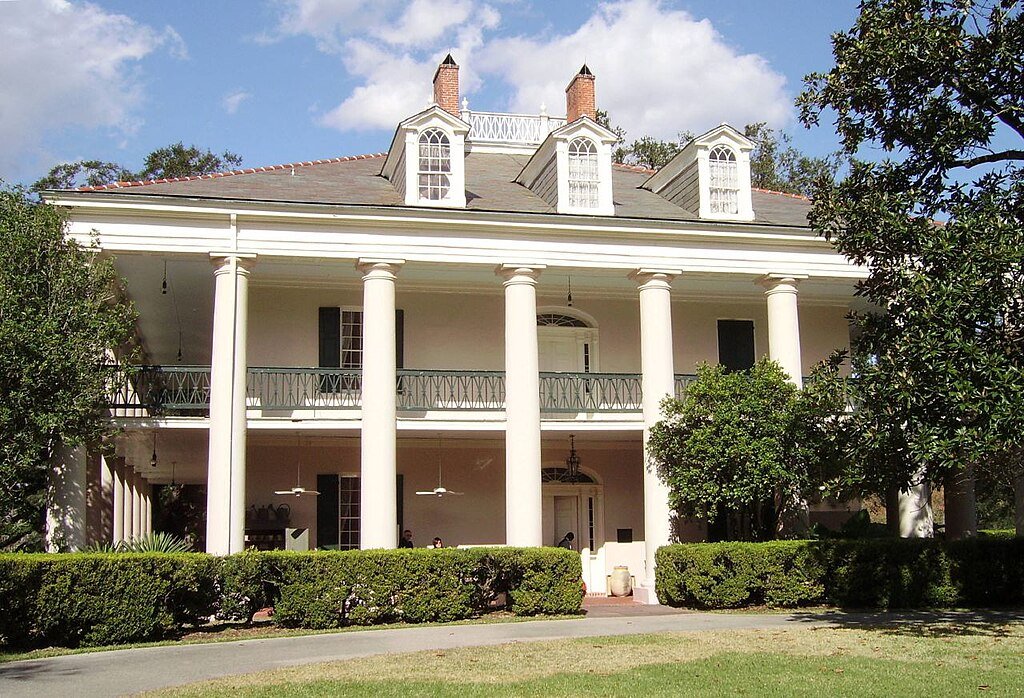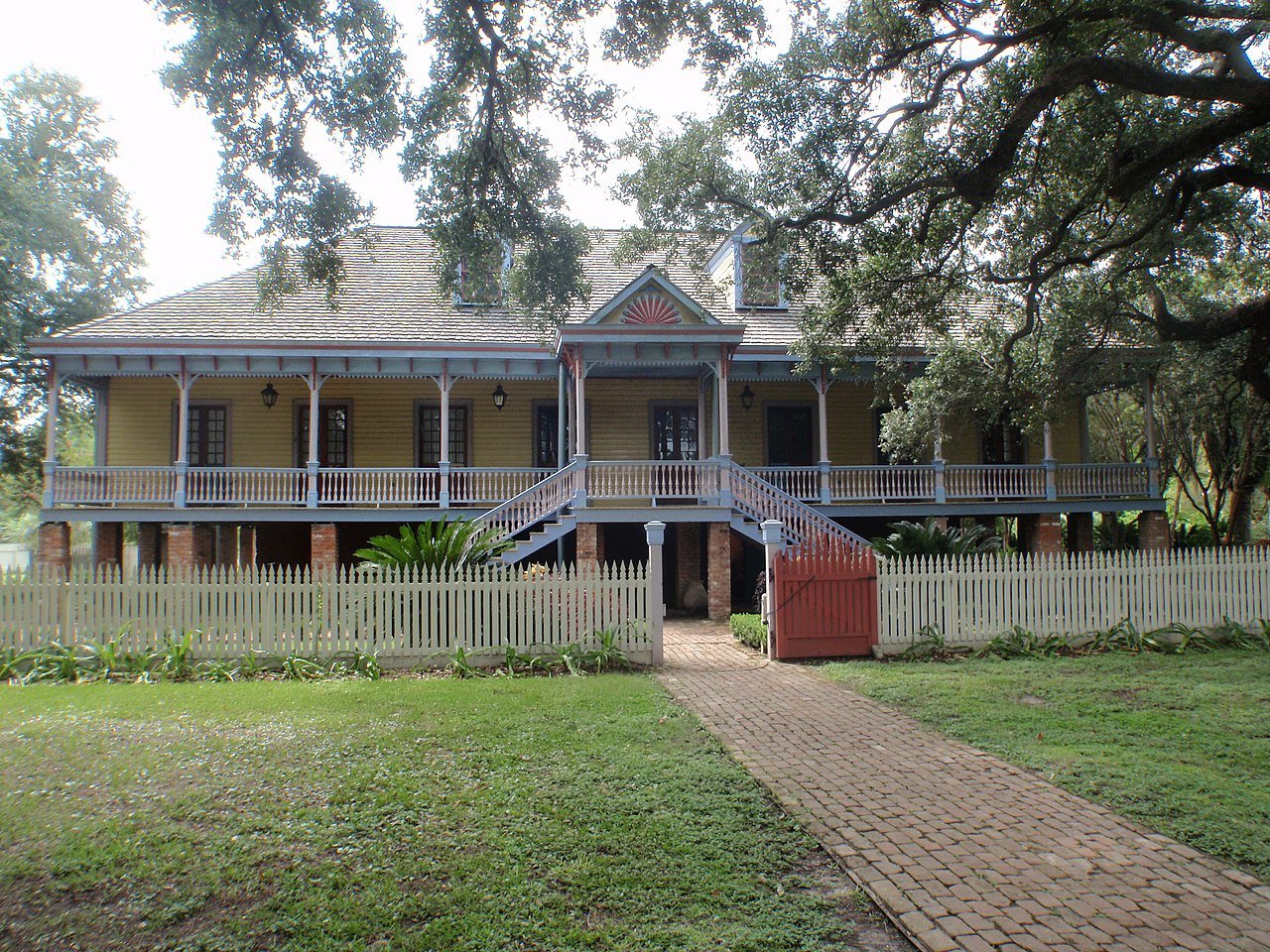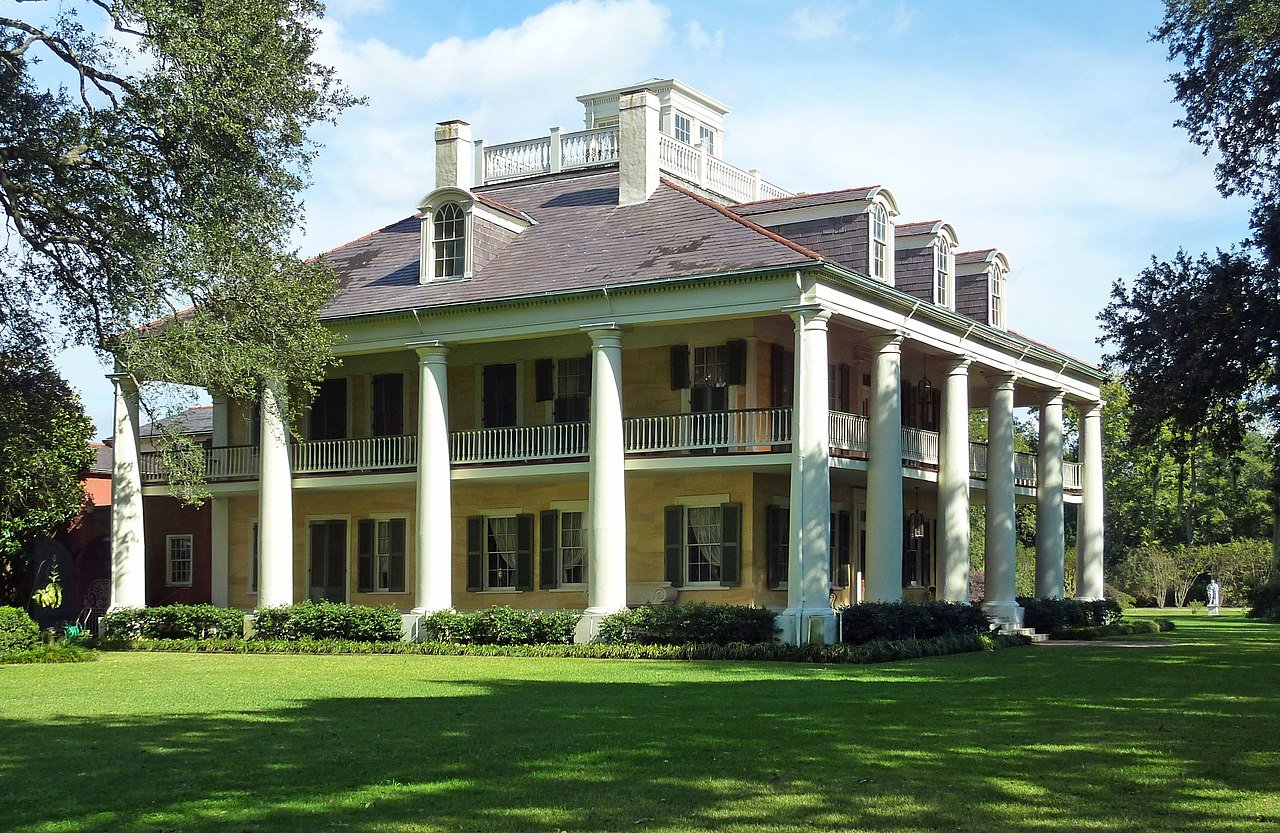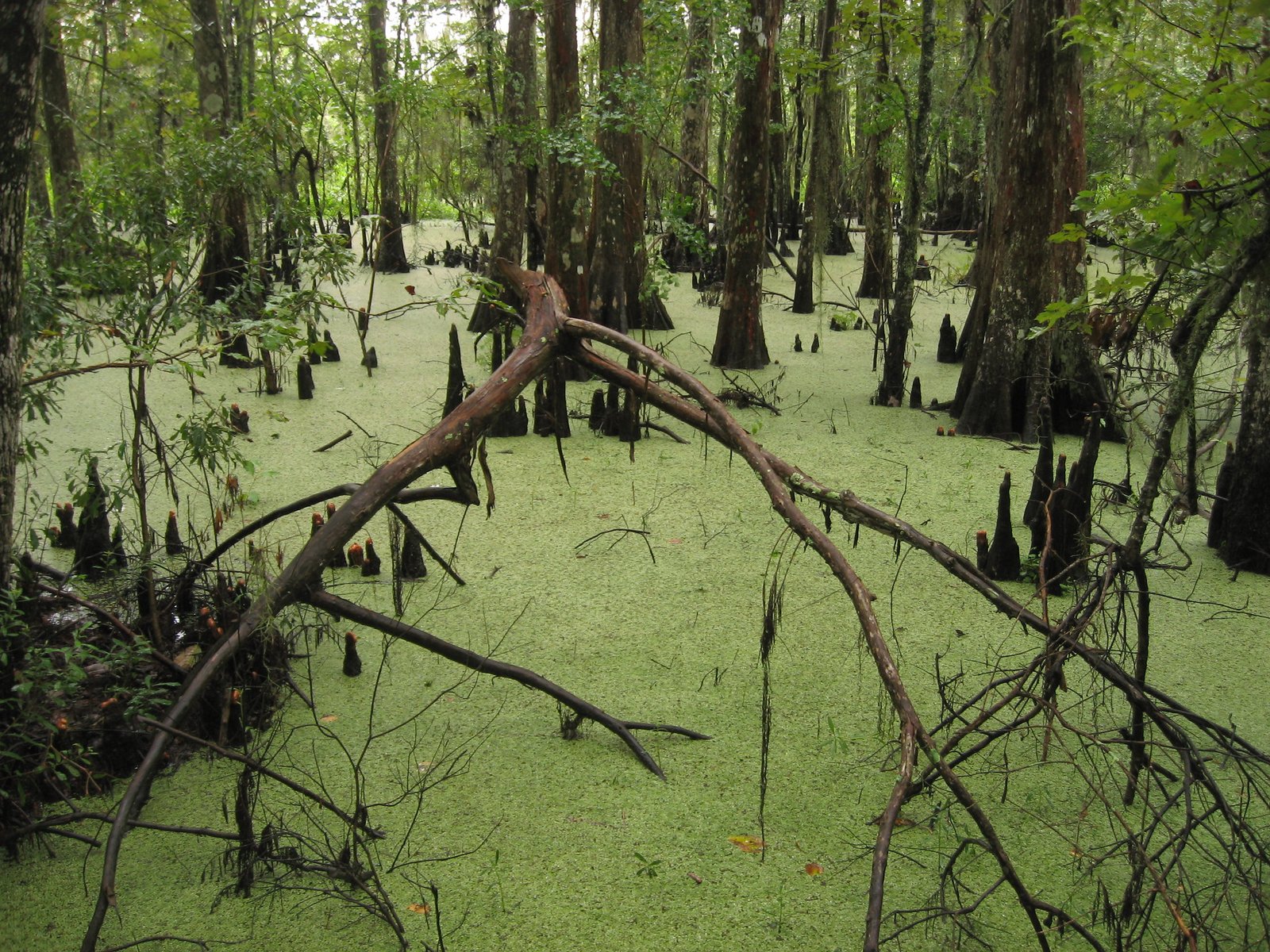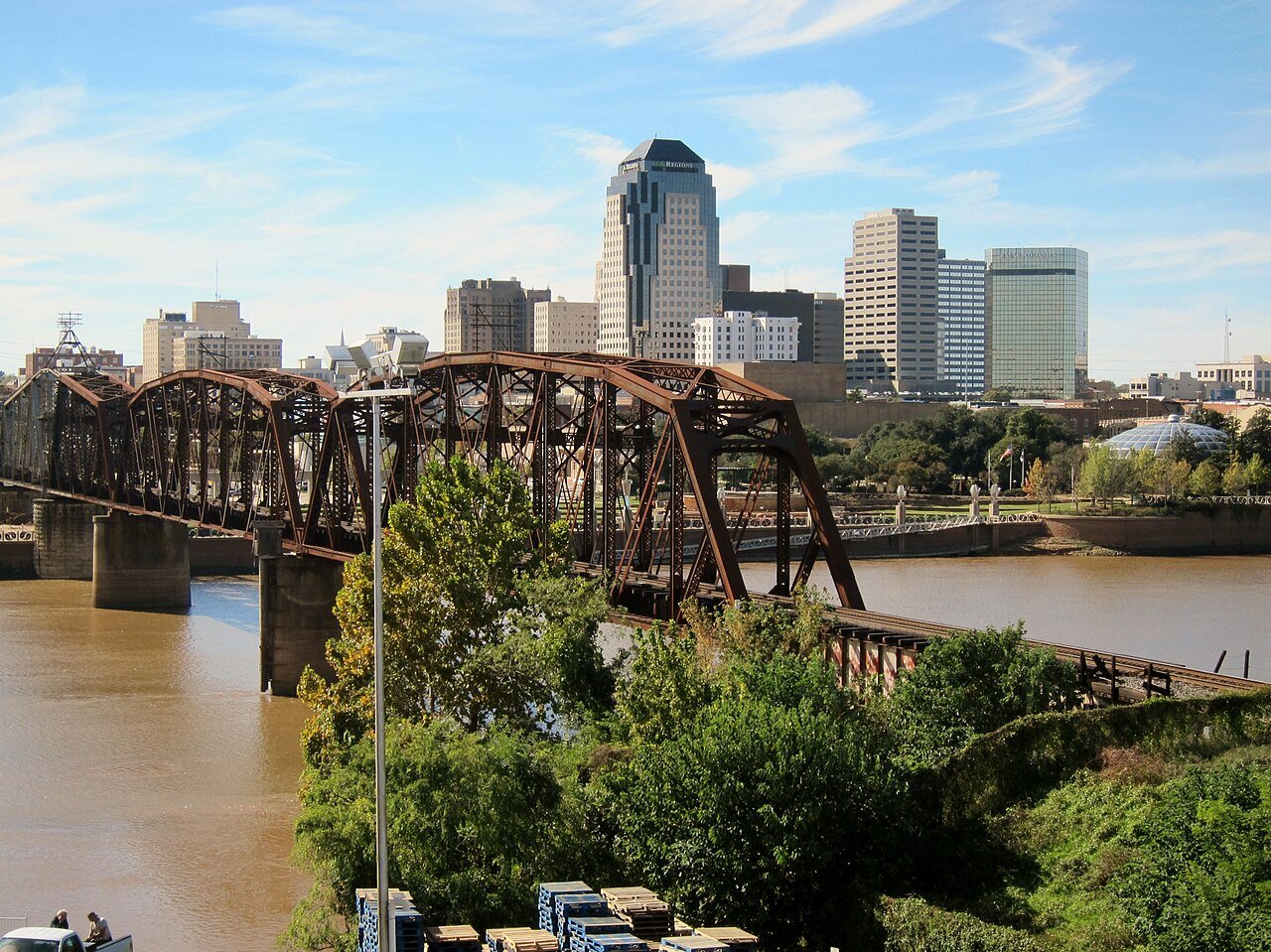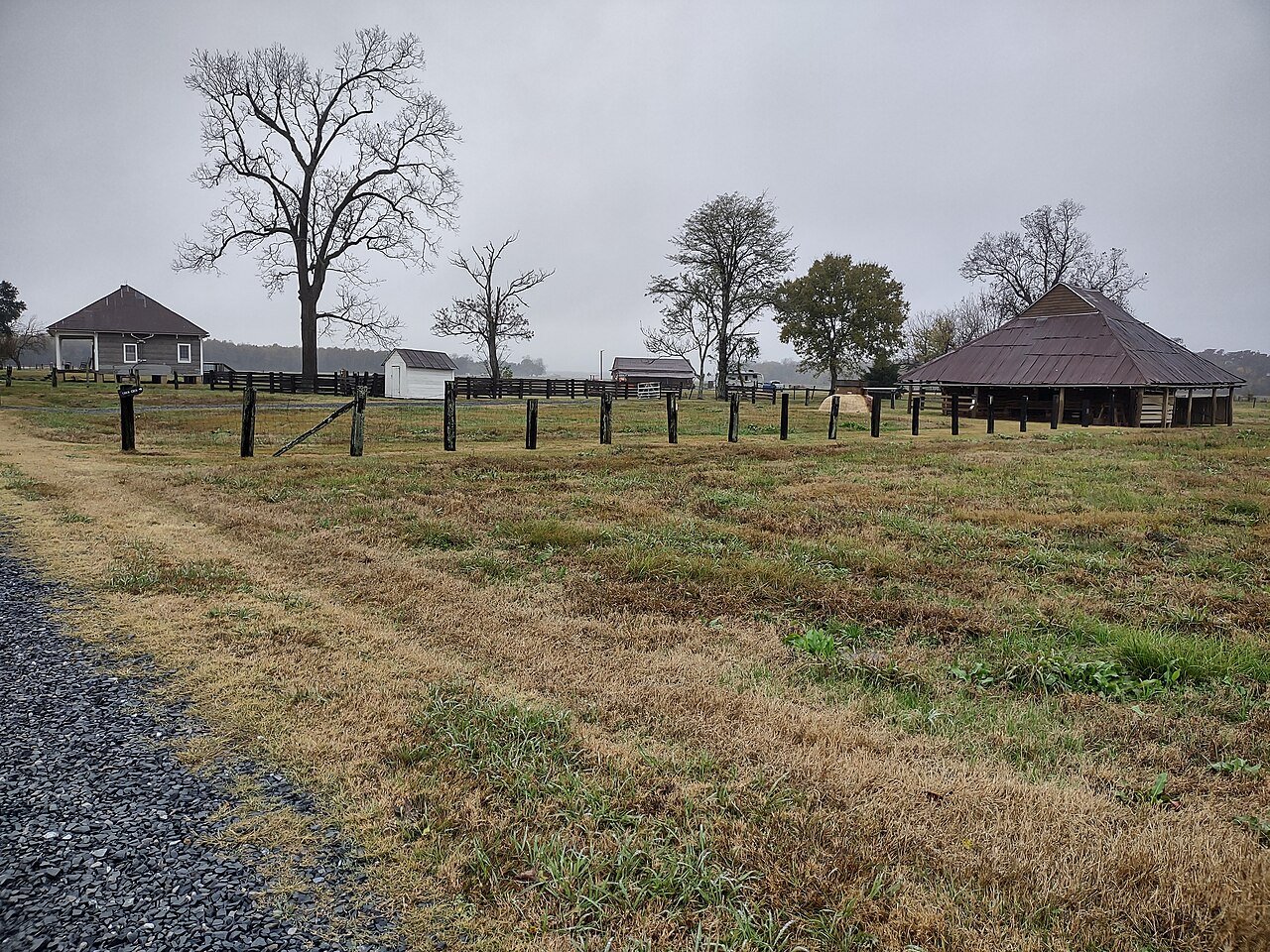The Atchafalaya Basin is the largest swamp and wetland ecosystem in the United States and lies at the heart of Louisiana’s natural wealth. Covering an area of about six million acres, this vast swamp offers visitors a fascinating experience with its Amazon-like waterways, giant cypress trees, and mysterious atmosphere draped in moss. The region stretches along the Atchafalaya River, a branch of the Mississippi River, and stands out for its ecological diversity. Alligators, water birds, fish, turtles, and rare plant species are part of its thriving natural life.
The Atchafalaya Basin offers unique exploration opportunities for nature lovers and adventure seekers. Through airboat or canoe tours, visitors can venture deep into the swamp and observe wildlife up close. For photographers, the misty morning views and mirrored skies create unforgettable images. The area is also one of the places where the roots of Cajun culture are strongly felt; in its small towns, traditional music, dance, and cuisine continue to thrive. The Atchafalaya Basin is an unmissable destination for anyone who wants to experience Louisiana’s natural and cultural heritage in its purest form.
15. Oak Alley Plantation (Vacherie) – A historic plantation from the slavery era, surrounded by oak trees.

Oak Alley Plantation (Vacherie) is one of the most visited and impressive historic mansions in Louisiana. Built in the 19th century, this magnificent plantation takes its name from the 28 massive live oak trees lined up in two rows along the main path. These trees form a mesmerizing corridor leading to the grand white-columned house, which has become a symbol of antebellum architecture. The elegant structure rising under the shade of ancient oaks reflects the aristocratic era of the South with its classical Greek-style columns, cast-iron balconies, and symmetrical design.
Oak Alley is not only an architectural masterpiece but also a profound historical testimony to America’s slavery past. Through the exhibits located on the plantation grounds, visitors can learn about the daily lives, hardships, and stories of the enslaved people who once lived there. Guided tours introduce both the mansion’s interior and its surrounding gardens, revealing the social structure of that period. Situated along the banks of the Mississippi River, this historic plantation is one of Louisiana’s most meaningful landmarks, combining beauty with the poignant traces of the past.
16. Laura Plantation (Vacherie) – An authentic historic mansion showcasing Creole culture.

Laura Plantation (Vacherie) is one of the most authentic and culturally rich historic mansions in Louisiana. Built in 1805, this Creole-style plantation reveals the lifestyle, traditions, and social structure of the French Creole community. With its colorful exterior, raised foundation architecture, and detailed woodwork, it is a beautiful example of typical Creole architecture in the region. The items, documents, and family photographs displayed inside the mansion offer an authentic glimpse into the daily life of Creole society in 19th-century Louisiana.
Another aspect that makes Laura Plantation special is its open and realistic portrayal of the era of slavery. Visitors can tour the original slave cabins, listen to historical accounts, and have the opportunity to confront this painful part of history. The story of the plantation is based on the journal of the Duparc-Locoul family, who managed the property for generations, making the visit both unique and personal. Laura Plantation is not just a historic building but an impressive heritage site that deeply tells the multicultural past and human stories of Louisiana.
17. Houmas House Plantation (Darrow) – A popular destination with colorful gardens and a historic atmosphere.

Houmas House Plantation (Darrow) is one of the most elegant and enchanting historic mansions in Louisiana. Built in the early 19th century, this impressive structure is located on the banks of the Mississippi River and is also known as “The Sugar Palace.” Reflecting the grandeur of the Antebellum era, its architecture, with white columns and wide verandas, showcases the classic style of the South. Inside the mansion, antique furniture, paintings, and period artifacts are displayed, allowing visitors to feel the grace of the past in every detail. Guided tours tell the history of Houmas House and the stories of the families who lived there in a captivating way.
The extensive botanical gardens surrounding the mansion are among the most striking features of Houmas House. Filled with colorful flowers, fountains, and walking paths, these gardens offer a peaceful atmosphere. In addition, the on-site restaurants serve traditional Louisiana cuisine with a modern touch. A perfect stop for both history and nature lovers, Houmas House Plantation, with its romantic atmosphere and historic beauty, is a must-see destination on any Louisiana trip.
18. Jean Lafitte National Historical Park and Preserve – Offers information about the swamp ecosystem and Creole culture.

Jean Lafitte National Historical Park and Preserve is a unique protected area that combines Louisiana’s natural richness with its cultural heritage. Named after the French pirate Jean Lafitte, this national park sheds light on both the state’s legendary history and its distinctive swamp ecosystem. The park consists of several different sections, including the Bayou Barataria Preserve, the French Quarter Visitor Center, and the Acadian Cultural Center. Especially in the Barataria area, walking trails and wooden boardwalks allow visitors to closely observe swamp life. With its giant cypress trees, moss-covered canals, and region-specific bird species, the park is an exceptional place for nature photography and ecological exploration.
Jean Lafitte National Historical Park offers a rich experience not only in nature but also in culture. The park’s museums and visitor centers tell the story of the origins of Creole, Cajun, and Acadian cultures and their contributions to Louisiana’s identity. In addition, through locally guided tours and live music events, visitors have the opportunity to experience the region’s traditional music, cuisine, and lifestyle firsthand. Perfect for both history and nature enthusiasts, this park is one of the best places to reflect Louisiana’s cultural diversity and natural beauty.
19. Shreveport – Known for its casinos, music scene, and events along the Red River.

Shreveport is a lively city located in the northwestern part of Louisiana, full of entertainment, culture, and history. Situated along the Red River, the city stands out as one of the most vibrant centers of the state with its casinos, music scene, and dynamic nightlife. Popular venues such as Sam’s Town, Eldorado, and Horseshoe Casino offer visitors both gaming and concert experiences. The historic Strand Theatre, located in the city center, serves as the cultural heart of Shreveport with its classic architecture and performing arts events. The city is also known for its strong musical tradition that blends jazz, blues, and country music.
For those who want to be in touch with nature, Shreveport offers a pleasant atmosphere with walking trails, parks, and outdoor activities along the Red River. The Red River District is lively throughout the day with its restaurants, cafés, and live music venues. In addition, the R.W. Norton Art Gallery, with its sculpture garden and art collections, is a perfect stop for those seeking cultural exploration. Combining modern entertainment with Southern hospitality, Shreveport is one of the cities that best reflects the energy and spirit of Louisiana.
20. Cane River Creole National Historical Park (near Natchitoches) – A cultural heritage site preserving old Creole plantations.

Cane River Creole National Historical Park, located near the city of Natchitoches, Louisiana, is an important historical site that preserves the state’s Creole cultural heritage. The park is centered around two major Creole plantations from the 18th and 19th centuries — Oakland Plantation and Magnolia Plantation. These areas reflect in detail the lives, traditions, and interactions of both white settlers and people of African descent who lived and worked there. The preserved buildings, warehouses, kitchens, slave cabins, and agricultural fields offer visitors the opportunity to see traces of the past firsthand.
Cane River Creole National Historical Park is fascinating not only for its historical structures but also for its cultural stories. Through guided tours and exhibits, visitors can learn about the social structure, agricultural production, and daily life of Creole society. The region also holds great importance for preserving the Creole identity, which was born from the blending of French and African cultures. This park, where nature and history intertwine, is a unique destination for anyone who wants to understand Louisiana’s multicultural past and explore the roots of Creole life.
